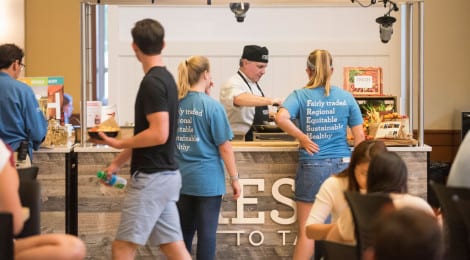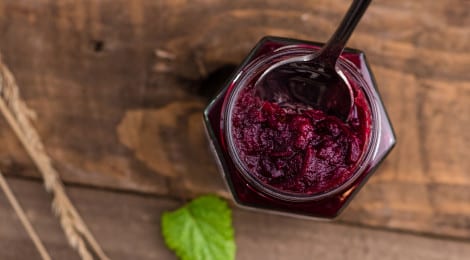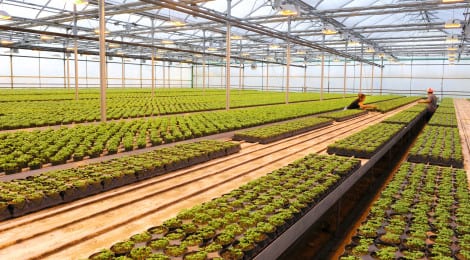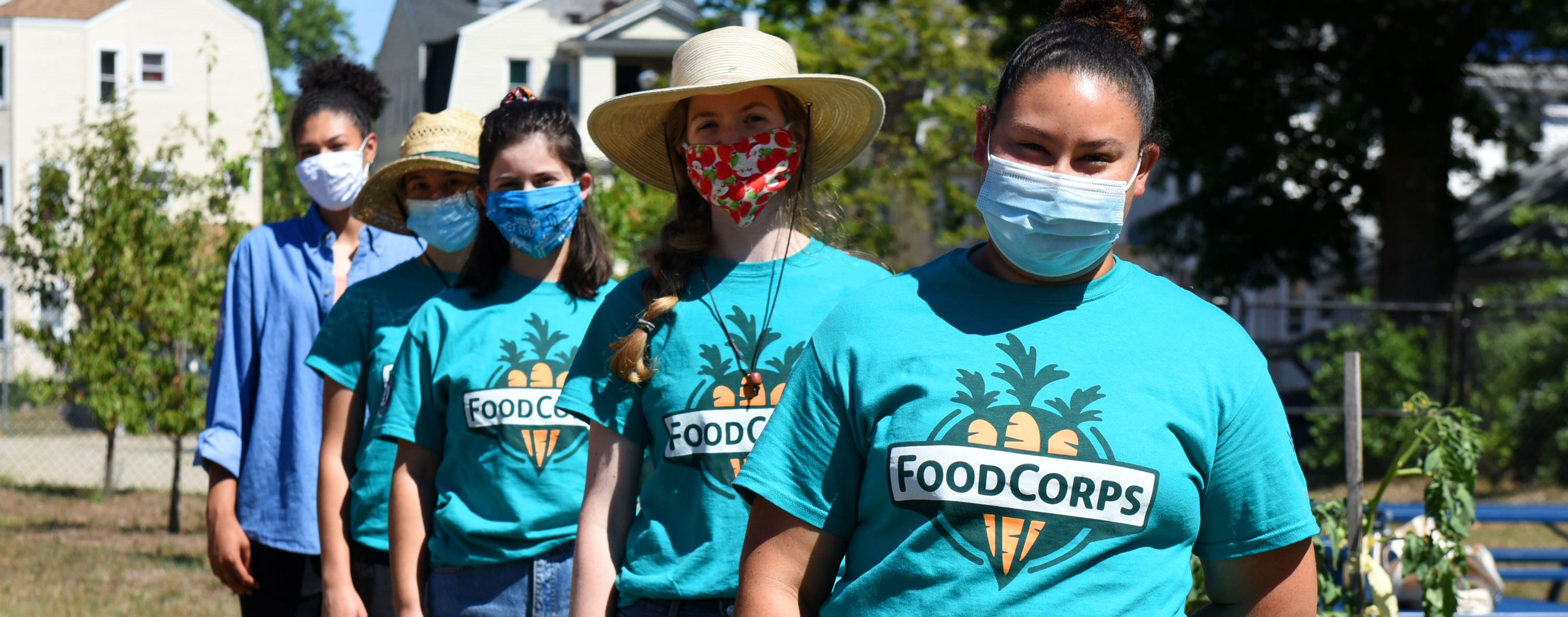
Grantee Profile
Food is Wellness: Springfield’s Culinary and Nutrition Center
With about 30,000 students across 60 schools in the district, Patrick Roach, Chief Financial Officer for the City of Springfield, recognizes the importance of food in education. When students are healthy and well-nourished, their nourishment, academic performance, and overall wellness are all positively impacted. Getting fresh food to students, however, is often difficult when typical cafeteria food includes pre-packaged and processed items loaded with salt, preservatives, and saturated fat. As the Springfield district and its food management partner, Sodexo, grappled with the system’s inefficiency, they thought: Instead of outsourcing and buying products from vendors, what would be possible if Springfield made breakfast and lunch products themselves?
After about seven years of research and through a partnership with Sodexo, the Springfield Culinary and Nutrition Center (CNC) emerged as a comprehensive solution to procuring and providing healthy food to children through the classroom. The CNC is a centralized full-service commercial kitchen, bakery, storage, and training facility that prepares scratch-cooked meals for the districts’ cafeterias. Although the primary goal of the CNC is to offer healthy meals for students, the center also emphasizes sustainability, student and parent engagement, experiential learning opportunities, and workshops to provide a holistic approach to wellness and food in Springfield Public Schools (SPS). With the guidance of an Advisory Council, SPS provides culturally relevant meals like arroz con leche, school gardening opportunities, and educational experiences to increase students’ knowledge about nutrition and the food system. So while the CNC certainly offers nutritious and satisfying options for students, their programming also seeks to transform how students engage with their food and think about health.
Prior to the implementation of a breakfast in the classroom program, Springfield, traditional breakfast in the cafeteria programs only engaged about 20% of the student population. As Sodexo and Springfield began developing the CNC, they phased in breakfast in the classroom and saw participation rates jump up to 80%. Thinking outside the box inspires results, and the Springfield CNC was only just beginning.
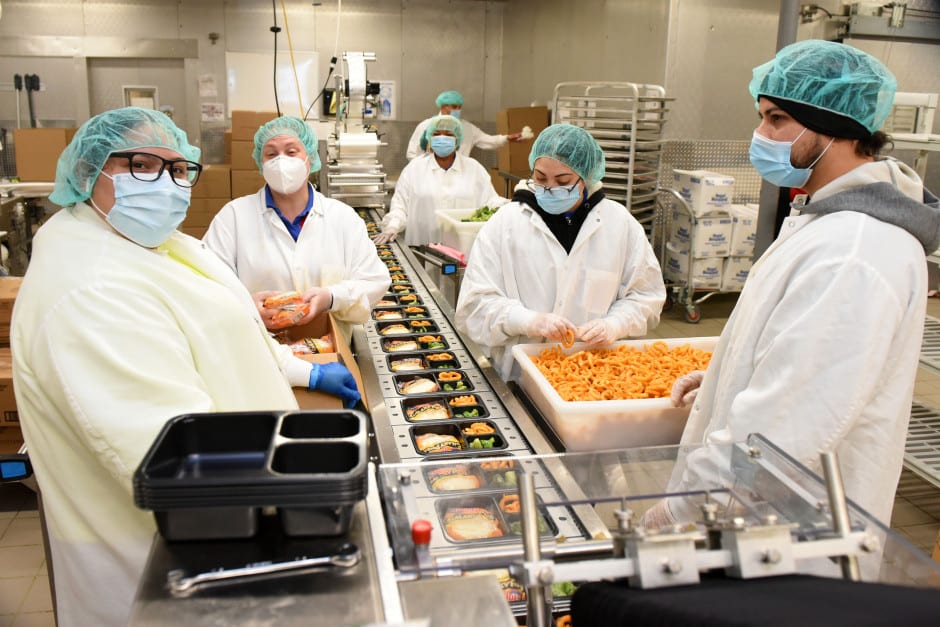

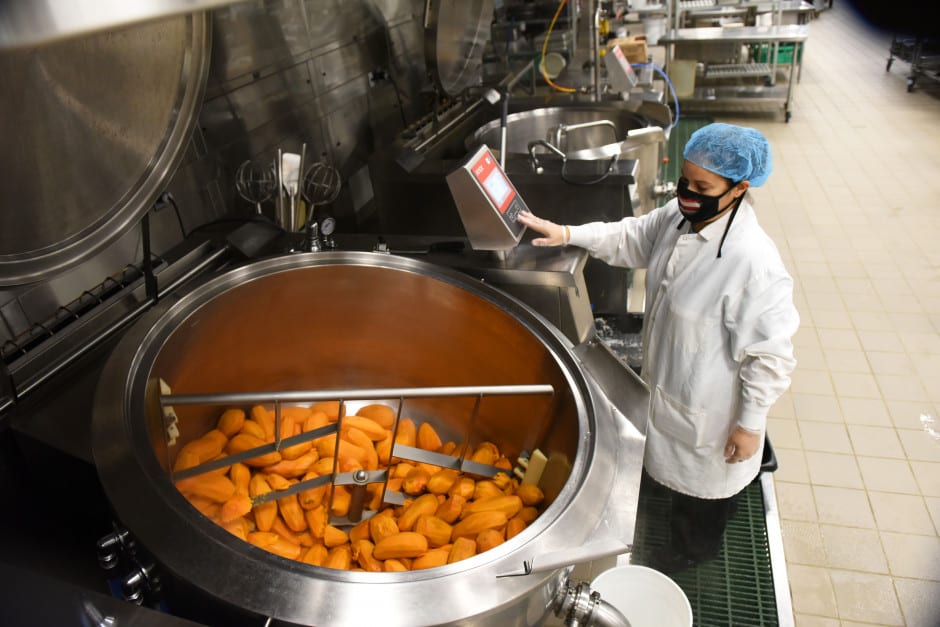
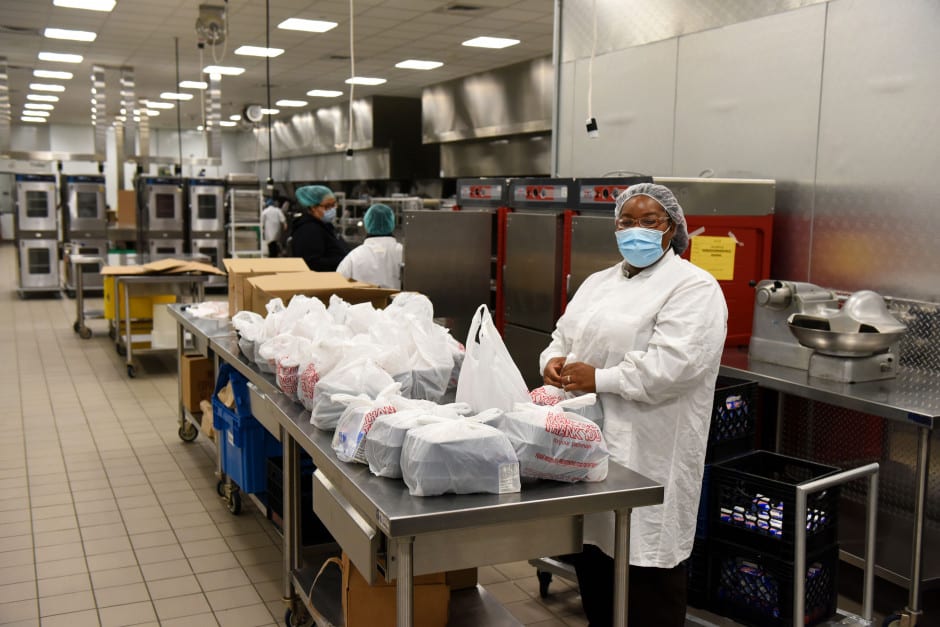
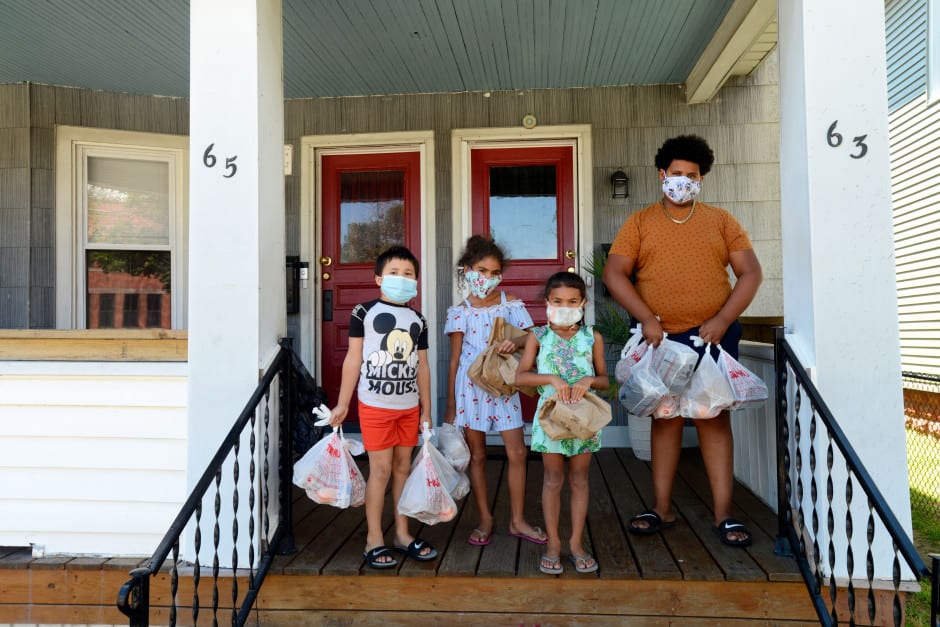
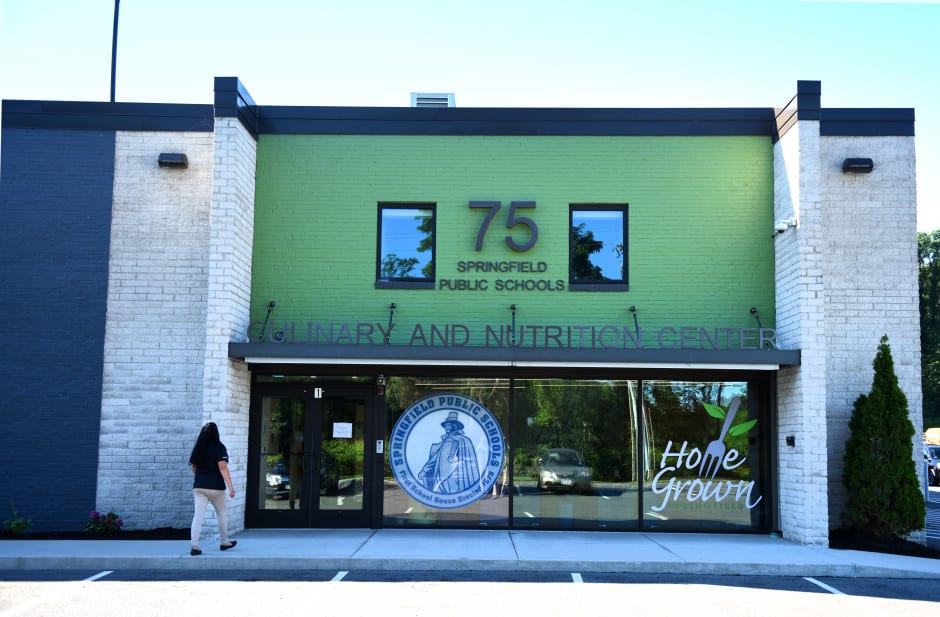
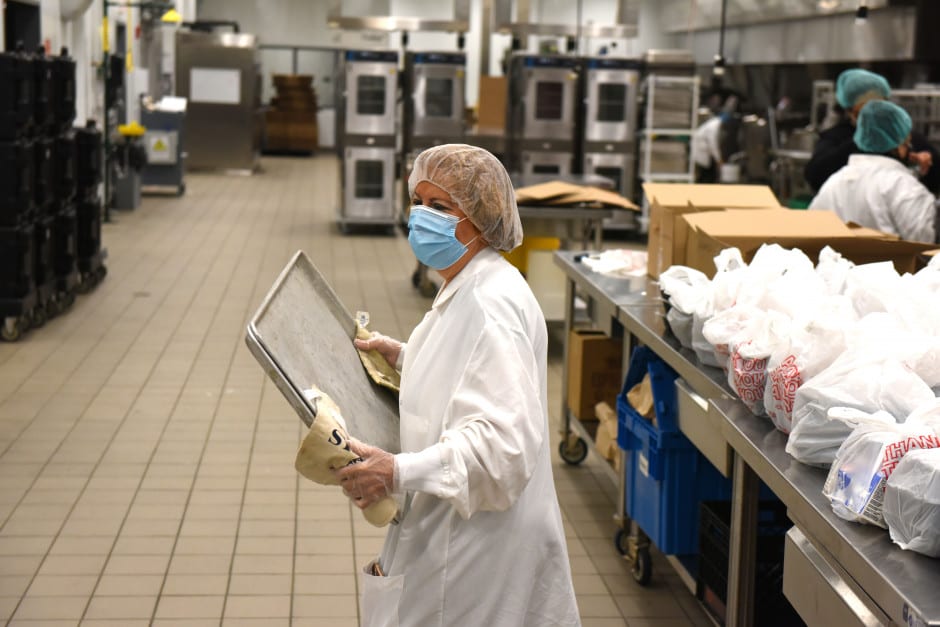
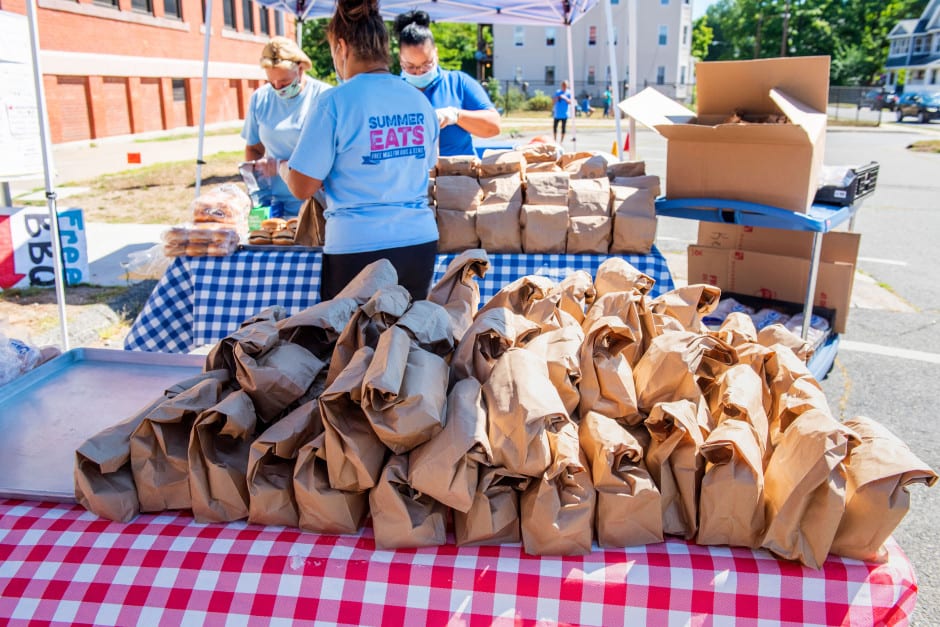
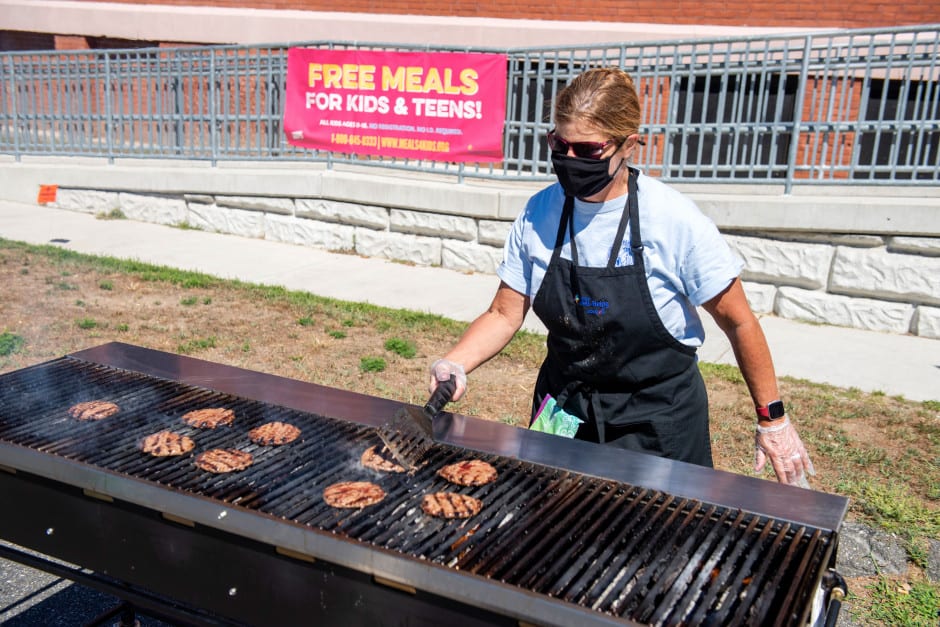
As Springfield continued to implement the breakfast in classroom initiative, the team realized that the only way to get fresh, locally-sourced food was to make it themselves. Recognizing the need for sufficient facilities and capacity to actualize the goal of providing fresh and healthy food to their students, Springfield worked with Sodexo to envision a new idea for sourcing and making fresh products. Through site visits across the country, they learned about centralized commissaries that cooked food and then sent the items to schools to reheat, but Springfield’s team wanted something different. After touring about 30 potential sites, the team purchased a facility, hired a consultant to design the kitchen, and completed the necessary renovations. In January 2019, the new facility finally opened, a 62,000-foot centralized commercial kitchen to prepare and distribute healthy meals made from scratch. In addition to making certain items in house, like breakfast muffins, the team decided to use a central facility for all the major prep work–making the tomato sauce, portioning the vegetables–and then ship the product to schools, who complete the meals from scratch. During the school year, the CNC also offers student taste tests to inform their menu development, leading to menu items like Cuban sandwiches and chicken curry. Guided by student voice, community input and involvement, and the goal of providing nutritious and high quality meals to Springfield students, the Culinary Center is a model for other large school districts serving diverse populations.
A little more than a year after the center opened, however, schools abruptly shut down due to COVID-19 and social distance regulations. Most school food programs, however, had no time to waste, and the Springfield CNC was no exception. The team ended up de-centralizing their process to mitigate any potential impact of an outbreak, and using the different school kitchens as separate “sites” for meals. While still utilizing the CNC facility, the serving sites became hubs for particular tasks, like sandwich-making or dinner. Patrick explains, “Utilizing the Culinary Center for support and getting the pre-made items to the sites builds up our capacity,” preventing any prolonged disruption because of the virus. Over the summer, the USDA permitted schools to provide free meals to all students without identification or adhering to the Community Eligibility Provision, which enables public schools serving low-income communities to be reimbursed by the government based on a certain documented percentage of students considered eligible for free meals. With thorough safety measures and a program in every school, the Springfield Culinary Center provides students with accessible, healthy, and local food.
Looking ahead to the fall, the Springfield CNC is committed to “making sure kids are getting fresh, local food, expanding the menu, and getting more items that excite” students. With the CNC’s equipment and logistics, Springfield is well-equipped to handle remote learning, especially since the Center for Disease Control recommends students receive individually pre-packaged meals at school. With Sodexo’s expertise in hiring chefs, cooks, and sourcing food, Springfield’s team can focus on the education aspect and ensure a safe fall semester for their students. They will continue incorporating locally sourced products from regional producers such as Little Leaf Farms, Jeff’s Granola, and a local tortilla manufacturing company using locally grown corn. The Springfield CNC is also partnering with the Western Massachusetts Food Bank to grow organic vegetables this fall for emergency and school meals. By focusing on student feedback and developing culturally relevant food for a diverse population, the Culinary Center is working with the community to spark change in diets, behavior, and in the local food system.
Springfield’s Culinary Center demonstrates how institutions can be a powerful source of change for the food system. As a large district focused on making fresh and local food accessible to all students, the team’s goal is increasing breakfast and lunch participation to 90% of the school population. “More participation equals more money going to operations and going to farms,” Patrick says, and the CNC can sustain relationships with local producers and growers. The Springfield Culinary Center is also continuing their work on menu development, partnerships with local farms, and getting products for a robust and culturally relevant menu. The team hopes to create “a menu that ties to seasonal fruits and vegetables,” one that is flexible and can be sourced locally. Establishing relationships with regional growers and producers decreases the amount of prepackaged food and supports a regional food system. Through a partnership with the Western Massachusetts Food Processing Center (FPC), for example, Springfield’s food service department provided flash frozen produce sourced within 50 miles of the Western Massachusetts facility. Kate Minifie, the Food Business Coordinator at the Western Mass FPC, comments that the organization appreciates “how communicative and flexible Sodexo leadership has been,” and they are hopeful for continued creative and collaborative opportunities.
The Culinary Center recently received a grant from the Baker-Polito administration’s Food Insecurity Grant Program to support packaging machinery, a new truck, and insulated bags for classroom meal delivery. This fall, the grant will allow the team to scale up fresh food availability while still meeting the standards of individually packaged meals for students. A partnership with the Western MA Food Bank will also allow Joe Czajkowski to grow organic produce, such as butternut squash, zucchini, sweet potato, and kale to be used in grab n’ go meals during continued remote learning. Although plans have changed due to the pandemic, the Western MA Food Bank’s organic farm is now set up as a vendor with Sodexo for the fall schedule and will enable Springfield students to enjoy fresh, locally sourced products. Despite the uncertainty of the pandemic’s long term effects, the Springfield Culinary Center demonstrates the extraordinary resilience and creativity of schools as stakeholders in the food system.
